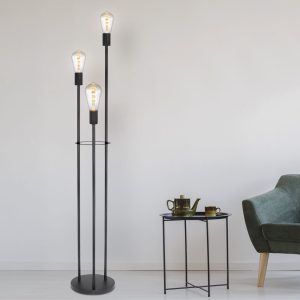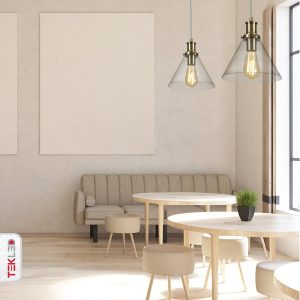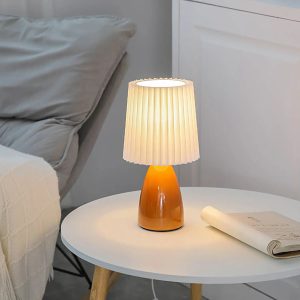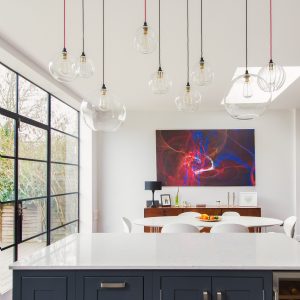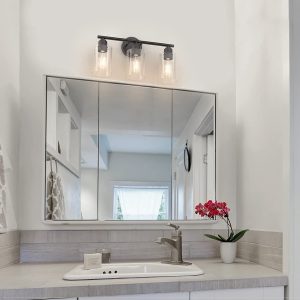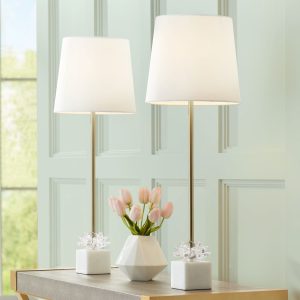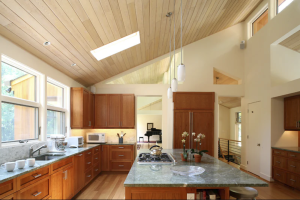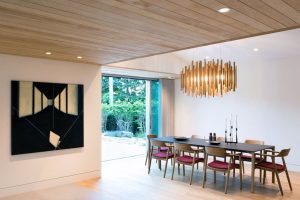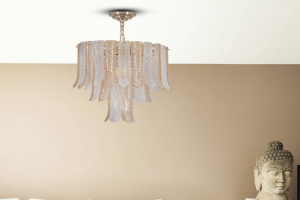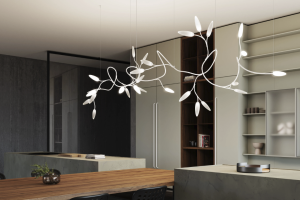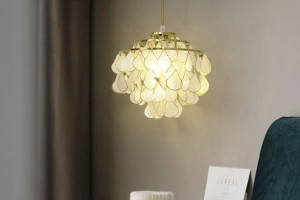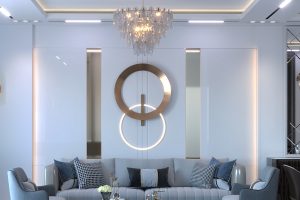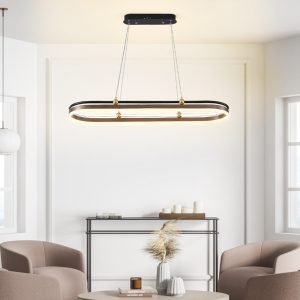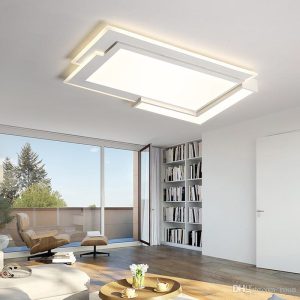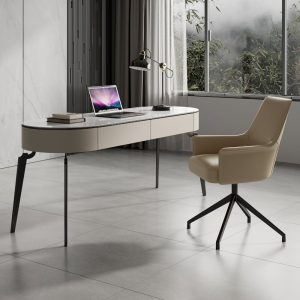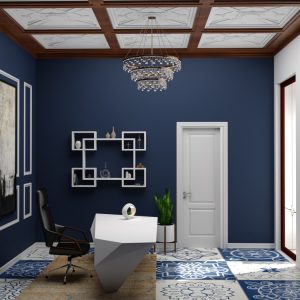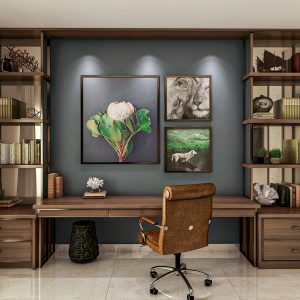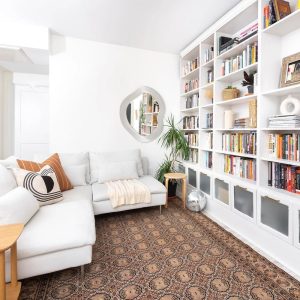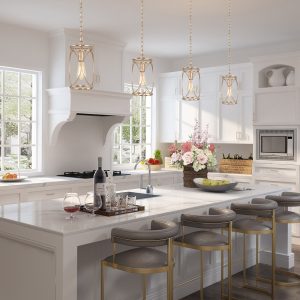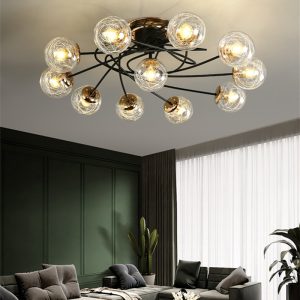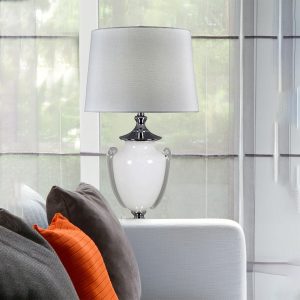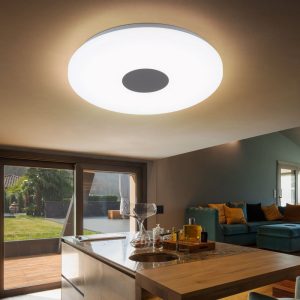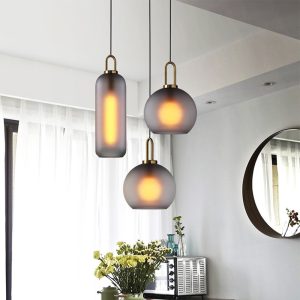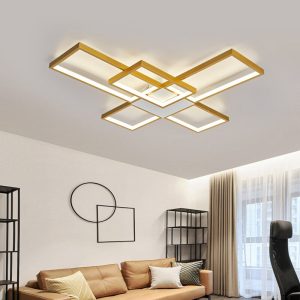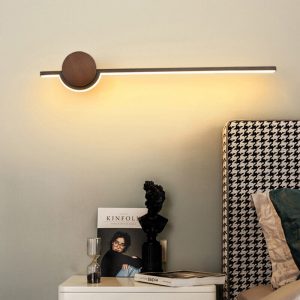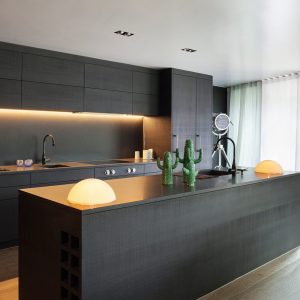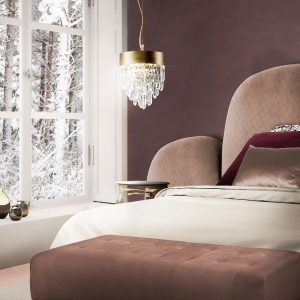
Lighting is an essential element in interior design. It has the power to set the mood, create different feels, highlight the beauty of a space, and help to perform tasks. A well-designed lamp can add personality, complement furniture, and create a warm and welcoming atmosphere in any space. But with so many options available on the market, it can be overwhelming to choose the perfect lamp for your home or office. This guide will explore the different types of interior design lamps, what to consider when choosing one, and some practical tips to help you make an informed decision.
Types of Interior Design Lamps
There are countless types of interior design lamps available, each with its unique features and benefits. Here are some of the most popular types:
Table Lamps
Table lamps are the most popular type of lamp and are a staple in most households. They are versatile and can be used in many different rooms, including bedrooms, living rooms, offices, and more. Table lamps come in various sizes, shapes, and styles, so they can complement, contrast or highlight any room’s decor.
Desk Lamps
Desk lamps are similar to table lamps, but they are specifically designed for workspaces such as offices, desks, and study areas. They provide task lighting that helps to reduce eye strain and improve productivity.
Floor Lamps
Floor lamps are an excellent choice if you want to create ambient lighting in a room, and they are particularly effective in larger spaces. They come in a range of styles from modern to traditional, and they can also be used as a decorative piece in any room.
Wall Lamps
Wall lamps, also known as sconces, are ideal for adding a decorative element to a wall while also providing functional lighting. They can be used to highlight artwork or architectural features in a room, and they are particularly useful in small spaces where table or floor lamps may not fit.
What to Consider When Choosing an Interior Design Lamp
Choosing the right interior design lamp for your home or office is about more than just style. There are several factors to consider to ensure that the lamp meets both your functional and aesthetic needs. Here are some of the things to consider:
Functionality
The first thing to consider when choosing an interior design lamp is what you will be using it for. Will it be used for task lighting, ambient lighting, or decorative purposes? Depending on the answer, you may want to consider features such as adjustable brightness, dimming options, and colour temperature.
Location
Where the lamp will be placed is also an essential factor to consider. The size, style, and function of the lamp will depend on the location, whether it’s a bedside table, office desk, or living room corner.
Style
The style of the lamp is another crucial factor to consider. You want to choose a lamp that complements the style of the room it will be placed in. There are various styles to choose from, including modern, contemporary, traditional, and eclectic, to name a few.
Materials and Finishes
The material and finish of the lamp can also play a huge role in complementing the style of the room. Consider whether you want a lamp with a metallic finish, wooden base, or a glass shade.
Tips for Choosing an Interior Design Lamp
Here are some practical tips to help you choose the perfect interior design lamp:
Layer Lighting
Layering lighting is a great way to create a warm and welcoming atmosphere in any room. By using multiple sources of light, such as table lamps, floor lamps, and wall sconces, you can create a layered lighting effect that adds depth and dimension to a space.
Consider the Bulb
Choosing the right bulb for your lamp is just as important as choosing the lamp itself. Different bulbs have different levels of brightness, colour temperature, and energy efficiency. Choose the bulb based on the lamp’s intended use and the mood you want to create.
Think About Scale
When choosing a lamp, it’s essential to consider the scale of the lamp in relation to the room it will be placed in. A lamp that is too small or too large for a room can look awkward and out of place.
Mix and Match
Don’t be afraid to mix and match different styles of lamps to create a unique and eclectic look. For example, you might pair a traditional table lamp with a modern floor lamp or a classic wall sconce with a contemporary desk lamp.
Choosing the perfect interior design lamp is about finding the right balance between form and function. By considering factors such as functionality, location, style, materials, and finishes, and following practical tips such as layering lighting and mixing and matching styles, you can create a beautiful and functional lighting design that enhances the look and feel of your home

